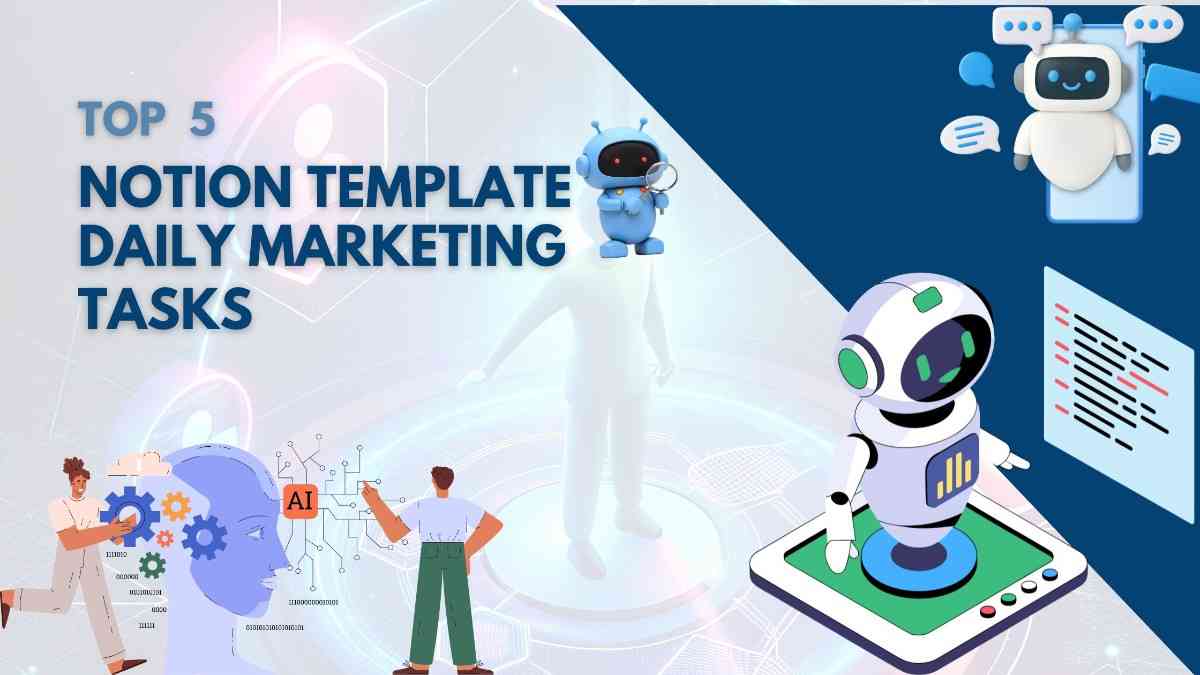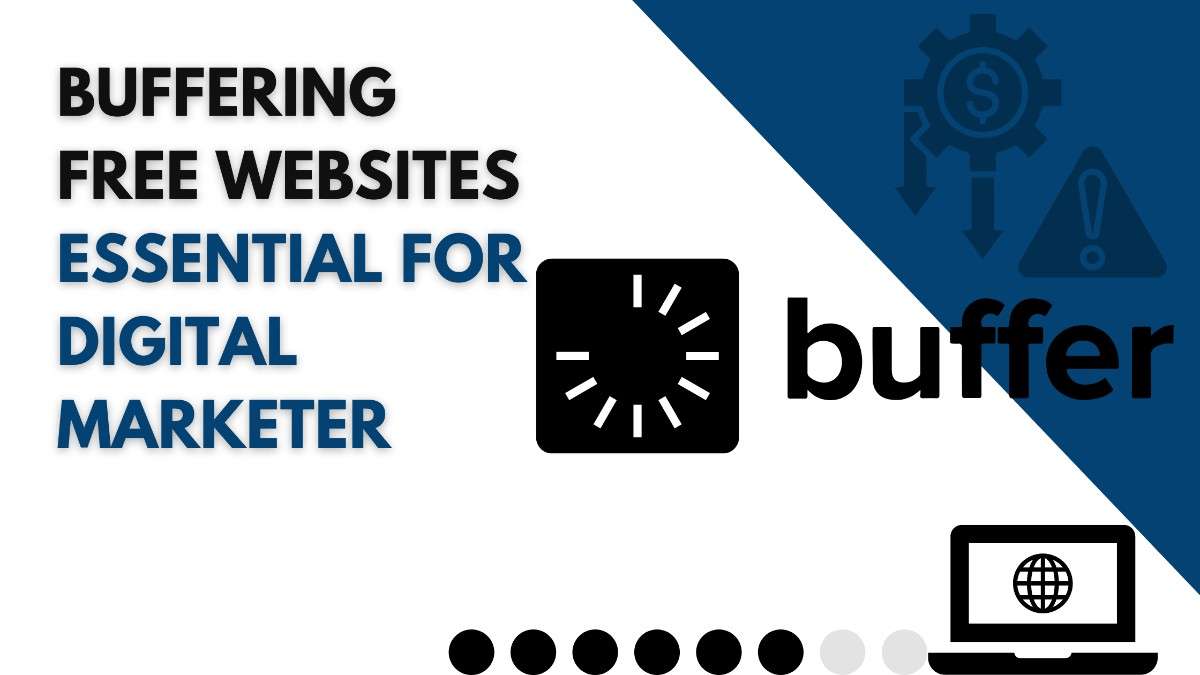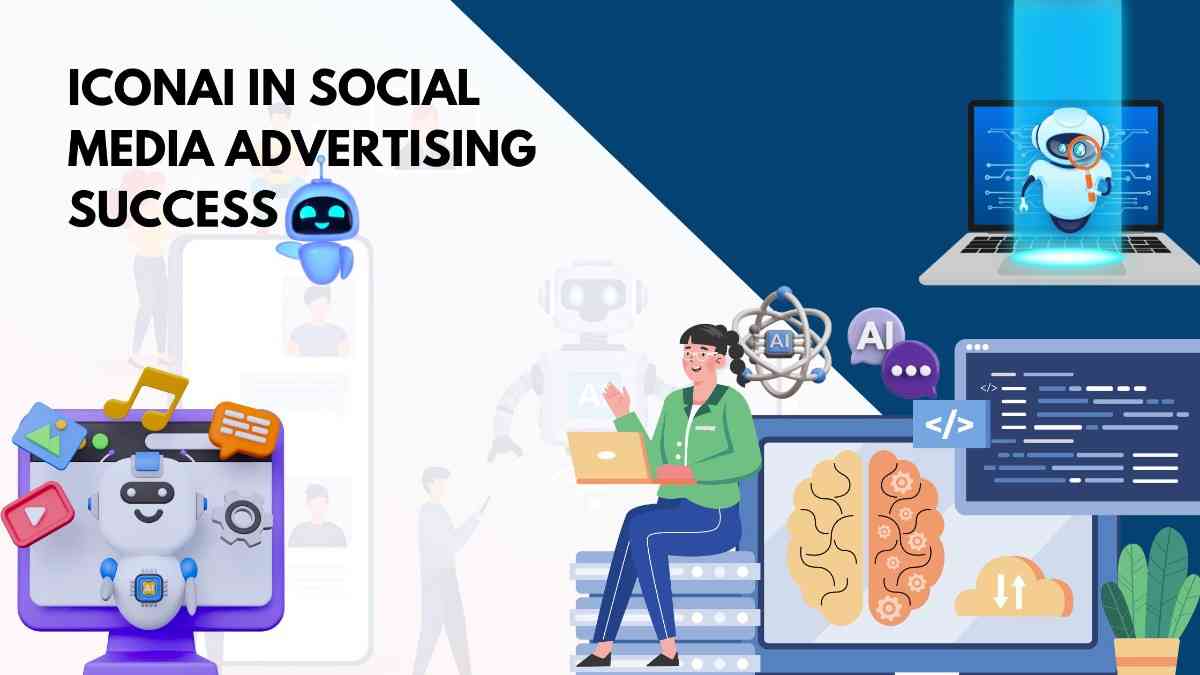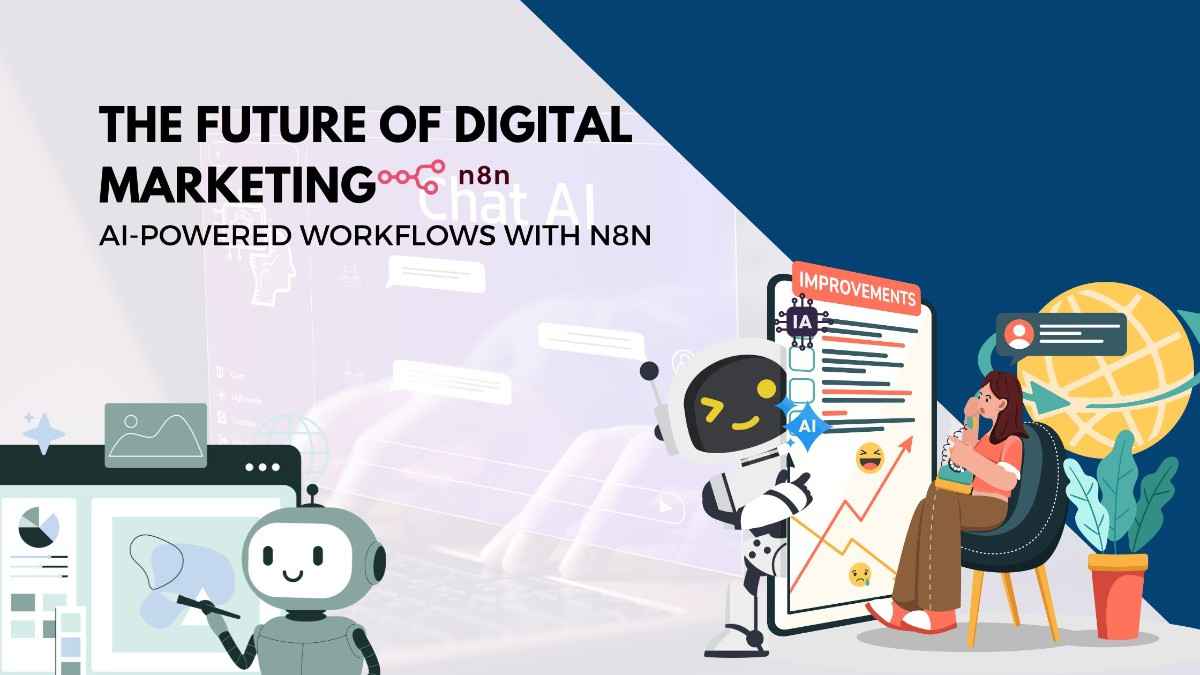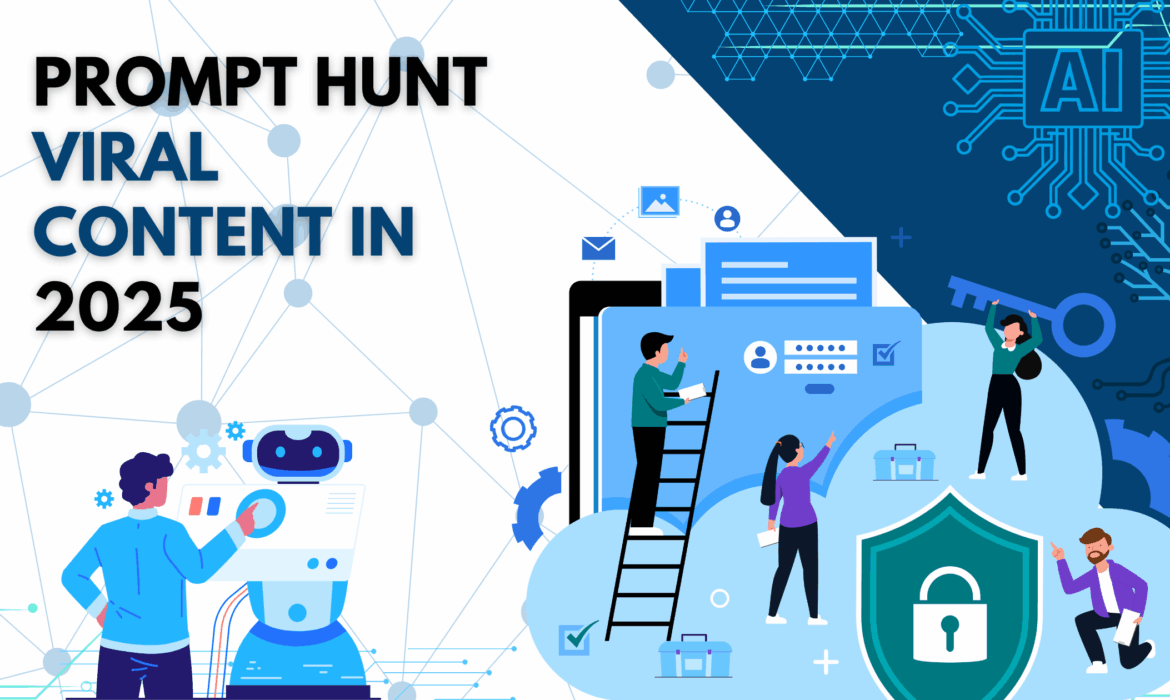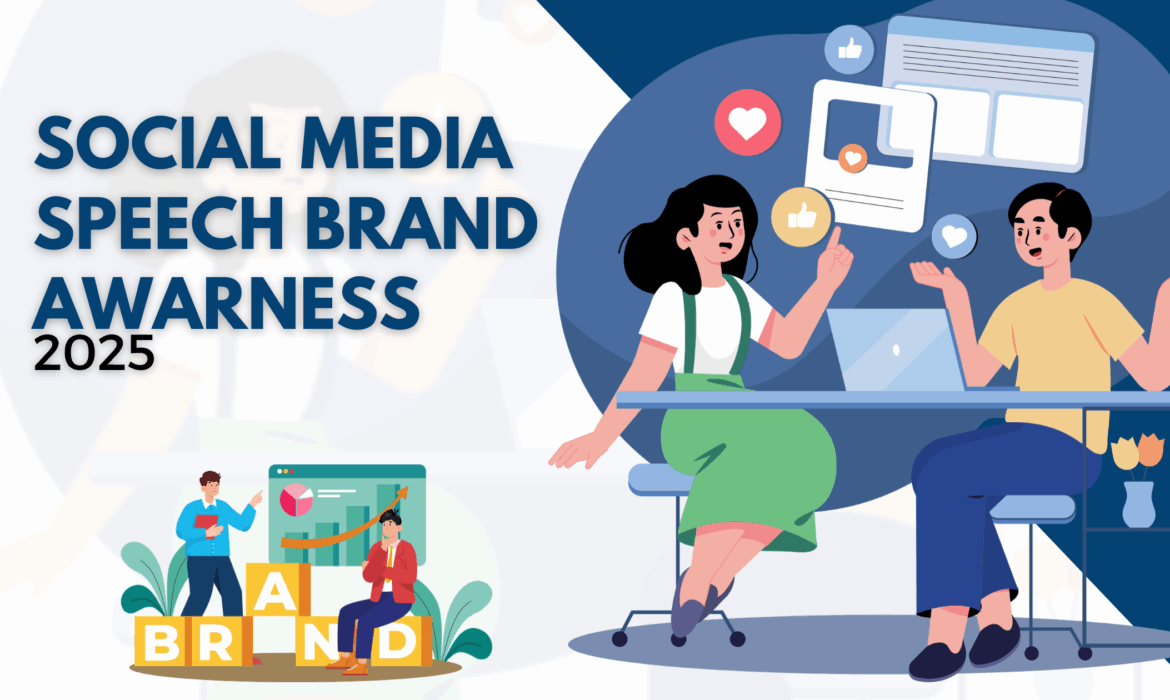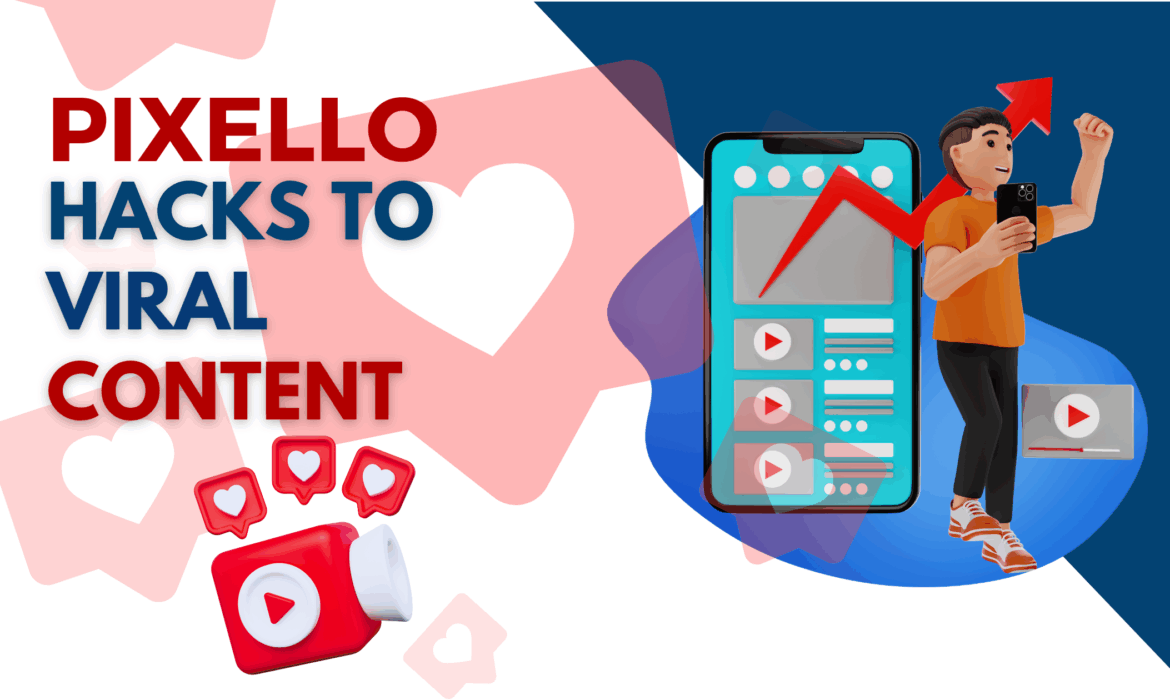Why Copywriting Jobs Are the Backbone of Every Digital Marketing Campaign
Introduction
In the fast-paced world of digital marketing, strategy, visuals,copywriting jobs and analytics often get all the focus. Now the copwriting jobs where Consumers are obsessed with campaigns that depend on data, graphics that catch the eye, and tools that are at the cutting edge. Copywriting job is the skill that secretly drives results behind every successful campaign. Words can link brands to people, turn people who are just looking at them into loyal customers, and turn ideas into real actions.
What Is Copywriting jobs in Digital Marketing?
The art and science of forming words that inspire, persuade, and convert is referred to as copywriting. Copywriting jobs in digital marketing is far greater than only stringing sentences together.In order to compose messages that push your audience to take particular steps, you have to recognize their needs, wants, and pain points.
Motivating the audience to click, register, spend money, or interact ought to serve as the primary objective of each email subject line, web page, ad headline, and social media headline. That’s what a copywriter works at. They form relations with audiences by turning strategy into words that spur action
Why Copywriting Matters in Digital Marketing?

A mixture of effective targeting and visually appealing imagery, a marketing campaign generally disappoints if the copy isn’t compelling. Copywriting jobs transforms marketing into authentic communication by filling the gap between emotion and strategy.
The following explains why copywriting is crucial for any campaign:
The tone and personality of your brand are defined by the copywriting. The right words assist the audience understand your brand, whether it is bold, professional, friendly, or motivational. In a crowded market, a brand can stand out about a strong copy voice, though weak or inconsistency copy will throw off potential potential consumers..
Effective copy motivates as well as informs. It motivates your audience to proceed with next step that could be reading a post buying a commodity, or signing up for a newsletter. Copywriters are the architects of the bridge that connects curiosity and action through words.
Copywriting impacts every channel. From Google Ads to blog posts, social media captions to email campaigns, every message depends on persuasive copy. Consistent messaging across channels strengthens brand recognition and helps customers feel connected to your story.
The impact of an email, landing page, or commercial can be greatly affected by just one word. Effective copywriting converts casual readers into actual consumers by grabbing attention building trustworthiness and promoting conversions.
Where Copywriting Fits in the Digital Marketing Mix
- SEO: Although keywords motivate traffic, captivating copywritting jobs keeps readers engaged and lowers bounce rates.
- Social media: Call-to-actions, headlines, and captions determine whether readers ignore or stay scrolling through what you post.
- Email marketing: A subscriber’s choices to open or bypass your message hinges on the subject line and body copy.
- Paid Ads: Due to we have a character limit each word must have a strong impact.
- Content marketing: Copywriting drives tone and storytelling in blogs, manuals, and articles.
The Evolving Role of Copywriters
By experimenting with different headlines, subject lines, and ad copy to see what works best they continuously adapt to shifting trends.
As AI is integrated into digital marketing human creativity and empathy are becoming more and more valuable.
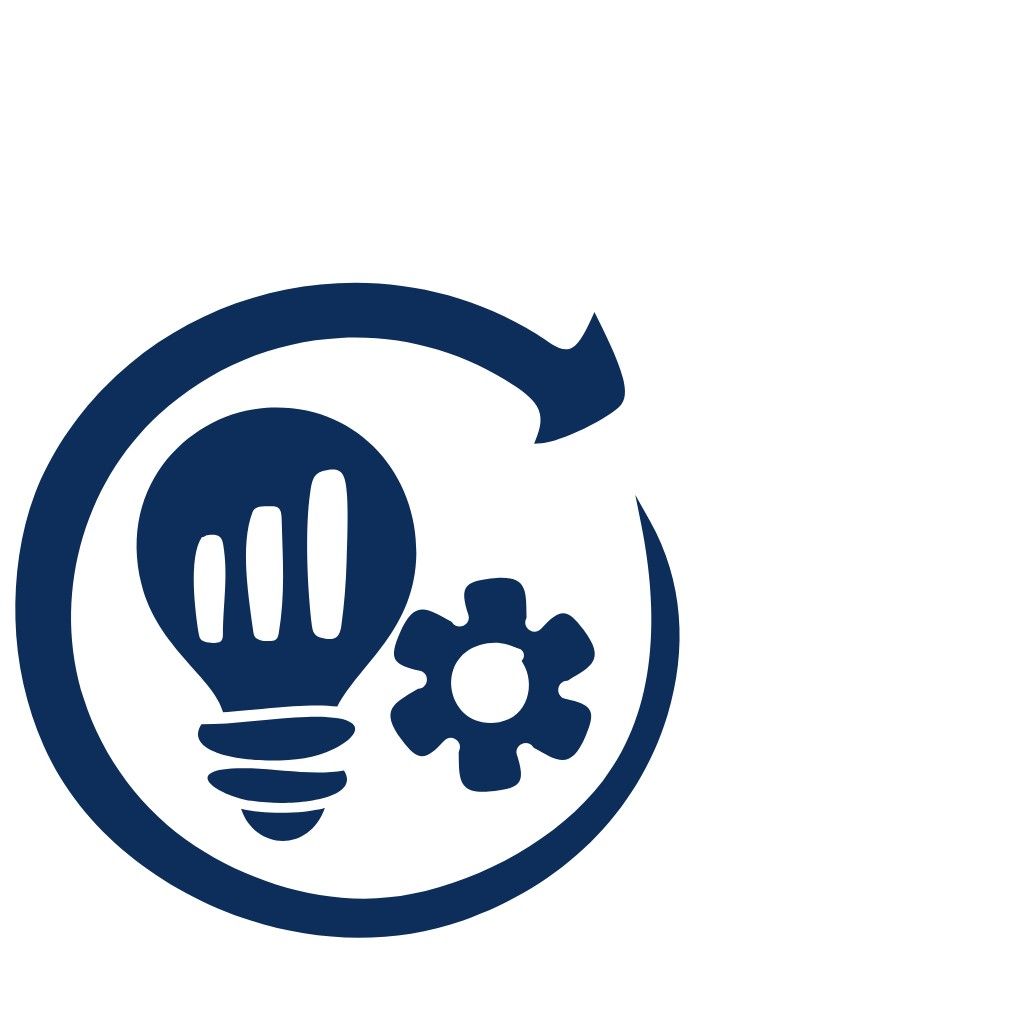
Conclusion
Copywriting job is an essential element of each successful campaign, not just another component of digital marketing. Right words pique interest, foster trust, and result in result in everything from common social media photos to multifaceted marketing campaigns.
Understand copywriting jobs becomes essential for anyone looking to start a career in marketing on the internet. Words sell yet no matter how much technology advances. Every email, post, and campaign relies on copy that engages visitors and stimulates them to take action.
Top 5 Notion Templates to Automate Your Daily Marketing Tasks
Introduction
Success in the fast paced world of digital marketing today depends on maintaining efficiency and organisation.Creating content and monitoring campaigns are only two of the many things that marketers do every day. Notion Templates provide a straightforward yet effective solution for managing projects automating workflows and centralising everything.These are the top 5 Notion Templates that every marketer should use if they want to boost productivity and save time.
1. Social Media Content Planner Template
It might be difficult to manage several social media accounts but our Notion Template makes it simple. Your whole content calendar can be seen in a single dashboard with pre-built sections for post ideas, captions, hashtags and publishing dates. The finest aspect Automated reminders for team approvals and posting dates can be set up. By doing this marketers can stay consistent across platforms and meet deadlines.
2. Marketing Campaign Tracker Template
Clear tracking and performance monitoring are necessary when managing several campaigns at once.The Marketing Campaign Tracker Notion Template automatically updates you on progress in addition to providing a breakdown of metrics like impressions CTR conversions and ROI.Hours of labour intensive manual reporting can be avoided by integrating Google Sheets or Zapier for realtime modifications. Any marketing team that prioritises datadriven outcomes must have it.
3. SEO Task Manager Template

There are hundreds of moving components in SEO, including on-page optimization, backlink monitoring and keyword research.The purpose of the SEO Task Manager Notion Template is to streamline all of your SEO endeavors. It enables you to delegate work to team members automate repetitive processes, and monitor progress using customizable dashboards. You won’t ever again overlook an optimization opportunity thanks to the integrated to-do lists and reminders.
4. Content Production Workflow Template
Content marketing is the heart of digital growth but managing writers, designers and deadlines can get messy. The Content Production Workflow Notion Template automates the entire process from idea generation to publishing. You can add automation triggers for content review, status updates and feedback notifications.This ensures every piece of content passes through the right stages without delays or confusion.
5. Client Management Dashboard Template
For agencies and freelancers, managing client information, deliverables and communication is key.The Client Management Dashboard Notion Template helps automate client onboarding, track project status and store meeting notes in one clean interface.You can even link payment reminders and performance reports to each client profile. It is a smart solution for improving client satisfaction and keeping your agency organized.
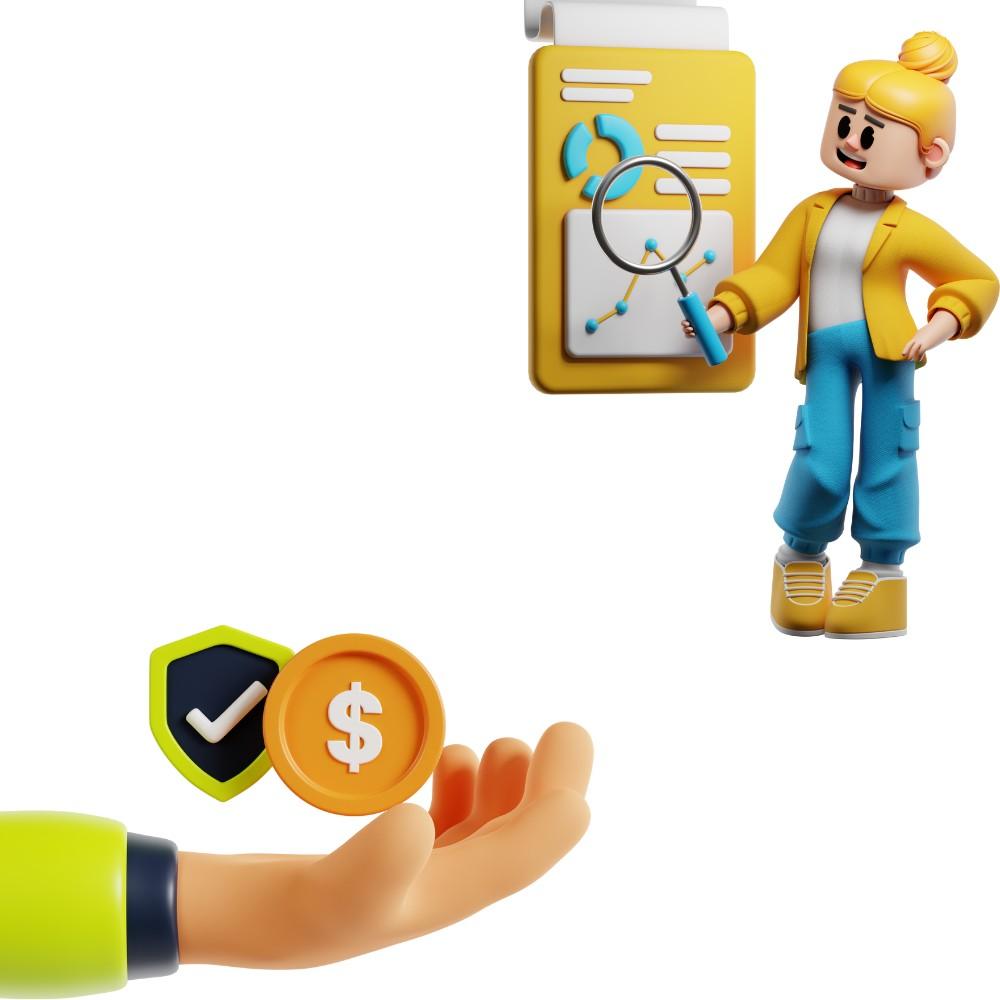
Why Use Notion Templates for Marketing Automation
Notion Templates are productivity platforms designed for automation and teamwork not just digital notebooks. Repetitive marketing processes can be streamlined by connecting your preferred apps with built-in connectors like Google Drive, Slack, and Zapier.These templates allow you to concentrate on creativity rather than tedious tasks whether you’re managing campaigns, scheduling posts or tracking leads.
Conclusion
Automation aims to optimize human labornot to replace it.Marketers may save time, lessen stress and concentrate on strategy and growth by using the appropriate Notion Templates.
At Digihertz we assist companies in streamlining their digital marketing procedures by integrating intelligent solutions like Notion. Our professionals can assist you in setting up bespoke Notion systems that meet the demands of your brand if you are prepared to advance your workflow.
Why Buffering Free Websites is Essential for Digital Marketer
Introduction
In today’s hectic digital world, every second is important. For digital marketers, a website that buffers or loads slowly affects results right away as well as to serving as a hassle.Website performance is essential because buffering frustrates consumers, lowers engagement, and may negatively affect conversions.
The Impact of Buffering on User Experience
The consumer’s experience is greatly impacted by website buffering. Customers expect instant page loads. Conversion rates can drop by up to as 7% in even a one-second delay. It also results in lower revenue, fewer leads, and lower campaign performance for online advertisers.
The general impression of a brand is additionally adversely affected by a slow web page. Clients may believe that an organization is unreliable or rude. Conversely, a quick, buffer-free website makes a good first impression and helps digital marketers to win the audience’s confidence and trust.
Buffering and SEO
User experience was a top priority for search engines like Google. Pages that frequently buffer or respond slowly have a decreased likelihood of appearing extremely in search results. Organic traffic is impacted by slower websites, lowering the efficiency of SEO and content marketing campaigns.
It issues must be solved by digital marketers who rely on SEO for producing leads. Optimizing speed increases search visibility, enhances marketing campaign effectiveness, and improves engagement.
How Buffering Affects Conversions
It has an immediate impact on conversions in along with irritating visitors. Every second of delay can cost your potential customers, whether your objective is lead generation, e-commerce sales, or newsletter sign-ups. For instance, campaign landing pages perform badly if it occurs, and e-commerce sites suffer higher rates of cart abandonment when pages load slowly.
For digital marketers to achieve their campaign goals, a website that is swift and fluid ensures that users can navigate, access content, and complete actions in simplicity.
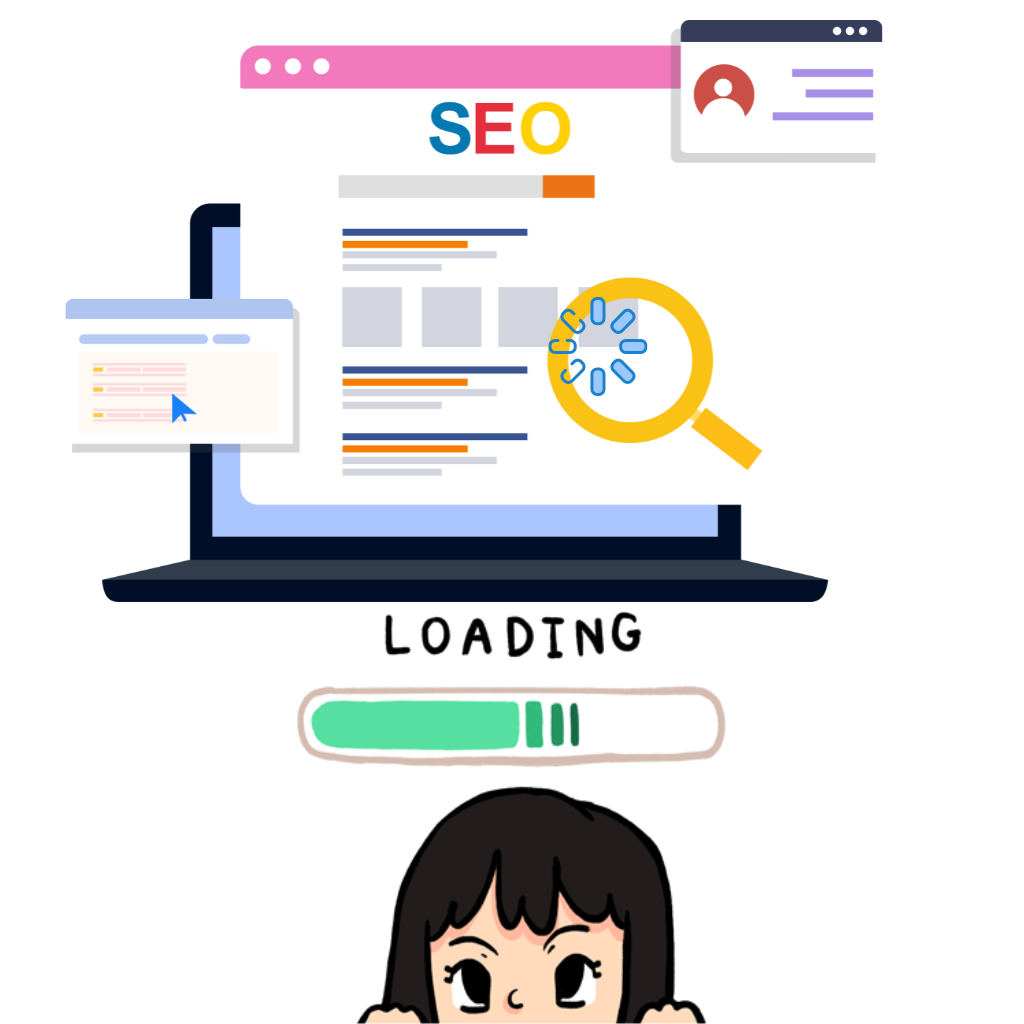
How Digital Marketers Can Cut Down on Buffering
Knowing about buffer is essential yet digital advertisers might not always be in control of website development. Essential procedures comprise of Optimize you are videos and pictures by using web-friendly formats and reducing large files.
Use content delivery networks (also known as CDNs) to speed out loading times worldwide. CDNs disperse content across servers.
- Avoid Scripts and Plugins : Get rid of unnecessary code and employ fewer plugins as feasible.
- Turn in browser caching to quicken up the loading time for those who return.
Track website performance via tools like Pingdom and GTmetrix, and Google PageSpeed Insights to identify buffering issues and monitor fixes.
Conclusion
It impacts user experience, SEO, and conversions, resulting in more than just a technical issue for digital marketers. Websites with no buffering enhance user engagement, campaign effectiveness, and search engine rankings.
Digital marketers may make sure their campaigns effectively and efficiently reach the right audience through placing the greatest emphasis on website speed and performance optimization Slow websites are a liability in the competitive digital world, but sites with no buffering offer chances for greater participation, higher conversions, and more robust growth.
The Role of IconAI in Social Media Advertising Success
Introduction
Advertising on social media has emerged as one of the best strategies for brands to engage consumers, build brand awareness, and drive sales. Companies need to use technology to keep ahead of the curve because social media sites like Facebook, Instagram, LinkedIn and TikTok are always changing. In this situation, Iconai automation and artificial intelligence are key to the effectiveness of social media advertising.
Why Social Media Advertising Needs AI
There is intense competition for customers attention on social media. Millions of commercials are released every day, making it difficult for a business to stand out. Because traditional advertising methods rely on manual targeting and repetitive actions they often lead to lost ad investment. Artificial intelligence technologies such as Iconai help advertisers improve campaign optimisation and outcomes by providing more intelligent data-driven solutions.
What is IconAI?
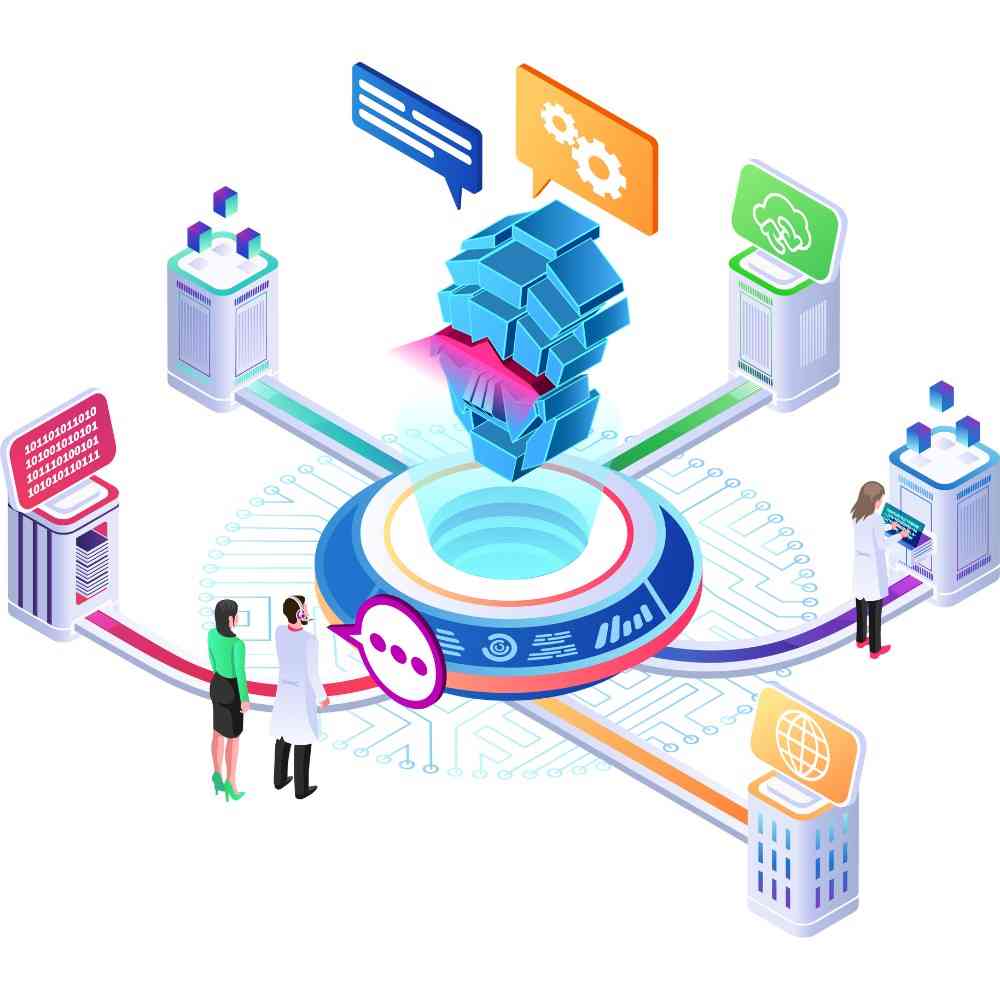
It is an advanced system driven by AI that assists businesses in automating and optimising their digital marketing procedures. Advertising effectiveness is increased, content is personalised and viewing behaviour is analysed using artificial intelligence. Iconai a strategic partner in social media advertising, reduces human labour while increasing productivity and return on investment.
Key Roles of IconAI in Social Media Advertising Success
Targeting and Segmenting Audiences
Brands may be able to more effectively identify and segment their audiences with the help of that. Advertisers can target customers based on their interests, behaviors and propensity to buy rather than using generic targeting which guarantees greater interaction.
Creative development and ad copy
Creating engaging advertising content for readers may prove to be difficult. Iconai creates engaging ad copy captions and even suggested imagery using AI models that complement campaign objectives and brand tone.
Campaign optimization in real time
Social media platforms need to be continuously watched.This process is automated by IconAI which tracks key performance indicators (KPIs) like cost-per-click click-through rates and conversions and makes real-time adjustments to maximize performance.
Customized User Interface
Personalized advertising is one of is most powerful functions AI.Iconai uses data analysis to make sure users see advertising that are relevant to their interests increasing the impact and relevance of campaigns.
Reporting and Performance Analytics
Reporting by hand can take a lot of time. It automatically generates reports with information about what is effective and what requires improvement assisting companies in making prompt well-informed decisions.
Benefits for Businesses
- Cost Efficiency: By reducing unnecessary ad spend and automating adjustments Iconai ensures that every rupee or dollar is invested sensibly.
- Scalability:Without compromising performance management businesses may oversee multiple campaigns concurrently.
- Speed: By reducing the amount of time spent on repetitive tasks automated procedures allow marketers to focus on innovative ideas.
- Enhanced ROI: More intelligently targeted and content-optimized campaigns generate larger returns.

The Future of Social Media Advertising with IconAI
Advertising success will depend even more on solutions like as AI continues to transform digital marketing. With its hyper-personalized experiences and predictive analytics it makes sure brands stay competitive in the constantly shifting socialmediamarket.
Conclusion
In addition to automation, IconAI enhances social media advertising with intelligence, effectiveness, and originality. By using Iconai into their advertising campaigns businesses may boost reach engagement and conversions. In the fast paced digital environment brands who want to succeed in social media advertising must have Iconai.
At Digihertz Marketing Company we specialise in helping businesses use cutting-edge technology like Iconai to maximise the effect of their advertising.Our expertise ensures that your campaigns are data driven and carefully executed to achieve measurable outcomes.
Top 5 Creative Uses of Runway ML in Digital Marketing
Introduction
AI tools like Runway ML are revolutionizing the way marketers produce content as digital marketing continues to grow quickly. Runway ML is a platform driven by artificial intelligence that makes it easy for businesses to create, modify, and improve visual content such as photos and videos. Because of its strong machine learning capabilities, it is perfect for branding, social media, and creative campaigns.
We examine the top 5 innovative applications of Runway ML in digital marketing in this blog along with how it can make your company stand out.
5 Creative Uses of Runway ML in Digital Marketing

1. AI-Powered Video Creation
The digital landscape is still dominated by video marketing. Without a production crew marketers can produce videos that look professional with Runway ML. The platform enables you to automatically remove backgrounds, add effects and create AI-driven video content.
Runway ML speeds up and simplifies the process of producing promotional videos, product demos and interesting social media clips. Marketers can use this tool to create high-quality content at scale.
SEO Tip: Put keywords in headings and image alt text such as AI video marketing” or “Runway ML video creation
2. Image Generation and Enhancement
For advertising campaigns and social media, visual content is vital. With Runway ML, marketers can use text prompts to create original images or use AI-powered editing to improve preexisting images.
For example, you can make original images for blog posts, create captivating YouTube thumbnail or create personalized graphics for Instagram or Facebook commercials. This assures that your pictures are unique and appealing while also reducing preparation time.
SEO Tip: Include phrases like “AI-powered visuals” and “Runway ML image generation” into your piece of writing.
3. Social Media Content Optimization
Consistency and distinction serve as essentials in social media marketing. Runway Machine Learning allows you quickly create multiple visually appealing versions making it easy to test different formats, styles, and messaging.
You may boost audience engagement and brand visibility by trying out artificially intelligent designs and videos to determine which of them perform best.
SEO Tip: For better search ranking use long-tail keywords such as used for social media marketing.”
4. Personalized Marketing Campaigns
In digital marketing personalization is a major trend. Marketers can use this ai tool to produce images and videos that are suited to particular clientele groups. Depending on user behavior, demographics, or campaign objectives AI can produce unique images or video content.
This type of individualization improves click-through rates, conversions, and overall campaign performance giving your brand a competitive edge.
As an SEO tip include keywords such as “AI marketing personalization” or “Runway ML personalized marketing” in headers and meta descriptions.
5. Creative Storytelling and Branding
Building a personal connection with your audience calls for brand storytelling. Marketers can use AI-generated pictures and videos to generate appealing narratives in the help of Runway ML.
The platform allows brands to test out novel formats that appeal to their target audience ranging from brief promotional videos to interactive social media stories. Its adaptability also makes it easy to maintain a consistent brand identity across all campaigns.
SEO Tip: In headers ALT tags and other blog parts, use keywords like “AI storytelling” and “Runway ML for branding.”
Conclusion
It is design collaborator for digital marketers not just an AI tool. It assists companies in efficiently producing high-quality content for everything from brand storytelling and personalized campaigns to video production and image generation.
You can stay ahead of the competition boost engagement and save time by implementing Runway ML into your digital marketing strategy. To fully realize the potential of AI-powered marketing begin investigating its features right now.
Looking for more insights like this?
Future of Digital Marketing with n8n AI Agent
Introduction
Rapid changes are occurring in digital marketing and automation is evolving from a convenience to a need.Businesses want faster campaign execution, more sophisticated targeting and scalable customised customer journeys.Here, n8n AI Agent is bringing about a new era of marketing efficacy by combining process automation with artificial intelligence.
Why Automation Matters in Digital Marketing
Many tools are used by modern marketers, including ad managers, CRMs, analytics dashboards, and social media platforms. Time is wasted and possibilities are lost when these systems are manually connected. The integration problem has already been resolved by automation solutions like n8n, but marketers can now benefit from a more potent intelligent system that can reason, make decisions, and take action on its own with the n8n AI Agent.
What is n8n AI Agent?

A modern automation feature that links big language models with practical tools is the n8n AI Agent. The AI agent may think dynamically in contrast to traditional workflows that stick to established norms. To choose the appropriate course of action it makes use of memory, reasoning loops and API access. This implies that digital marketing campaigns can instantly adjust to changes in the market consumer behaviour or performance information.
Transforming Marketing Workflows with AI
Content Creation & Optimization
Before publishing, the n8n AI Agent can test the blog post ideas ad copy, and social media captions against engagement metrics or SEO data.
Social Media Management
Instead of scheduling generic messages the AI Agent automatically customizes comments or offers trending hashtags based on the audience’s emotion.
Email Marketing
Email promotion using CRM integration allows agents to automate segmentation, customize email content for each prospect, and even modify campaigns according to open rates.
Automation of SEO and SEM
In addition to managing advertising spending on Google or Meta platforms the agent can track keyword ranks evaluate competitors and recommend content enhancements.
Real-Time Analytics
An AI agent can be integrated with programs such as Facebook Ads Manager or Google Analytics to deliver daily data, performance summaries, and suggestions straight to email or Slack.
The Future Outlook
Successful campaigns will be built on AI-powered workflows as digital marketing continues to move toward hyper-personalization. Instead of spending hours switching between dashboards marketers will concentrate on strategy while the n8n AI Agent takes care of implementation.Autonomous processes can make every step of the marketing funnel from lead generation to customer retention smarter and quicker.

Conclusion
Digital marketing is changing as a result of automation and artificial intelligence. By using technology like n8n AI Agent businesses can make data-driven decisions, optimize operations, customize marketing and use fewer human labor.By combining AI-powered reasoning with intuitive interfaces, marketing professionals can focus on strategy and creativity while automation takes care of execution.
At Digihertz Marketing Company, we assist companies in utilizing these cutting-edge methods to improve campaign intelligence ROI and results.We make sure that our clients stay ahead of the competition in the digital world by utilizing the power of n8n AI Agents and cutting-edge automation approaches.
Why Prompt Hunt is the Secret Tool for Viral Content in 2025
Introduction
Creating viral content in the fast-paced digital world of 2025 requires strategy, creativity, and the appropriate tools—it is more than a matter of luck. Among the increasing amount of AI-powered platforms, prompt Hunt has become the go-to tool for marketers, brands, and content creators looking to take over the internet. What distinguishes Prompt Hunt, though, and how can it assist you in consistently creating viral content? Let us dissect it.
What is Prompt Hunt?
Users may discover, share, and even make money from imaginative questions on Prompt Hunt, a robust AI prompt marketplace. Instead of spending hours designing the ideal AI command, creators have access to reliable prompts which generate excellent words, pictures, and concepts. Prompt Hunt serves as a quick fix for creativity, whether you’re working on blogs, social media posts, advertising campaigns, or design components.
Why Viral Content Matters in 2025
Since there are over 5 billion internet users globally, there is a greater need than ever for content that grabs attention.The following are the main drivers of viral content: a large number of comments, shares, and likes.
- Brand visibility: naturally broadening your audience.
- Conversions: converting visitors into loyal consumers.
But it’s not easy creating content that will go viral.Competition is at a record level, trends change daily, and attention spans have become increasingly shorter.The prompt Hunt is an ideal match in this scenario.
How Prompt Hunt Helps You Create Viral Content
- Access of ready-made Viral Prompts Not everyone does well at developing questions that draw attention to or take advantage of current trends.Prompt Hunt helps make it simpler to come up with viral ideas quickly by offering tried-and-true prompts developed by skilled creators.
- Conserves Time and EnergyYou can create content in a few seconds by entering in marketplace prompts rather than starting from scratch. Campaign turnaround times will be accelerated, and there will be greater flexibility to try out different designs.
- Allows You remain Ahead of TrendsPrompt Hunt creators frequently share prompts that are in line with the latest social media trends, so your content remains current and captivating.It gives you an important edge in 2025, when trends can change in just a couple of hours.
- Promotes creativity Without Burnout Producers of content sometimes run into creative blocks.By offering prompts that encourage novel ideas you might not have considered of, Prompt Hunt acts as a brainstorming partner.
- Opportunities for Monetization Along with to using prompts, creators can turn their creativity into passive income by marketplace their own popular prompts on the platform. Prompt Hunt is even more valuable because it enable users to put together content and earn cash.
Real-Life Examples of Prompt Hunt in Action

- Social Media Development: In just two weeks, a brand that had trouble expanding its Instagram following boosted participation by five times by using Prompt Hunt suggestions for reels and captions.
- Blogs & SEO : To enhance their organic rankings bloggers generated keyword-rich articles using prompts aimed towards SEO.
- Marketing Campaigns: To increase click-through rates and conversions marketers utilized attention-grabbing ad copy prompts.
Tips to Maximize Prompt Hunt for Viral Success
- Try a variety of suggestions to determine which one best suits the audience you are targeting. Experiment often.
- Customize Outputs: Give AI-generated content your brand’s unique voice.
- Use Trendy Prompts: Maintain a look out for the more lately popular prompts in the market.
- Track Performance: identify which prompts produce highest degrees of engagement through analytics.
Final thoughts
The battle for viral material is more intense than ever in 2025, but it is entirely doable with the right assets. Prompt Hunt is a hidden tool that allows producers to unleash their creativity, save time, and consistently generate content that becomes viral. It is not just another AI platform.
prompt Hunt is the tool you need in your arsenal if you’re hoping to stand out, build your brand, and cash in on the growing trend of AI-powered content creation. This is where viral content’s future begins.
Best Alternatives to Pictory.ai for AI Video Editing in 2025
Introduction
Video has emerged as the most effective medium for audience engagement in the fields of digital marketing and content production. The development of AI-powered technologies has made it simpler and quicker than ever to produce videos of high quality. Pictory.ai one of the most well-known tools in this field assists users in converting scripts, blogs and lengthy content into brief, interesting movies. Businesses and organisations frequently search for other platforms that meet their unique requirements, even though Pictory.ai is a great option for many creators. We will look at the top Pictory.ai substitutes for AI video editing in 2025 in this blog.
Why Look for Alternatives to Pictory.ai?
It is important to understand why some customers look for alternate solutions before delving into the possibilities. Pictory.ai may not satisfy all needs, while providing capabilities like text-to-video, automatic captioning, and AI-based video summaries.
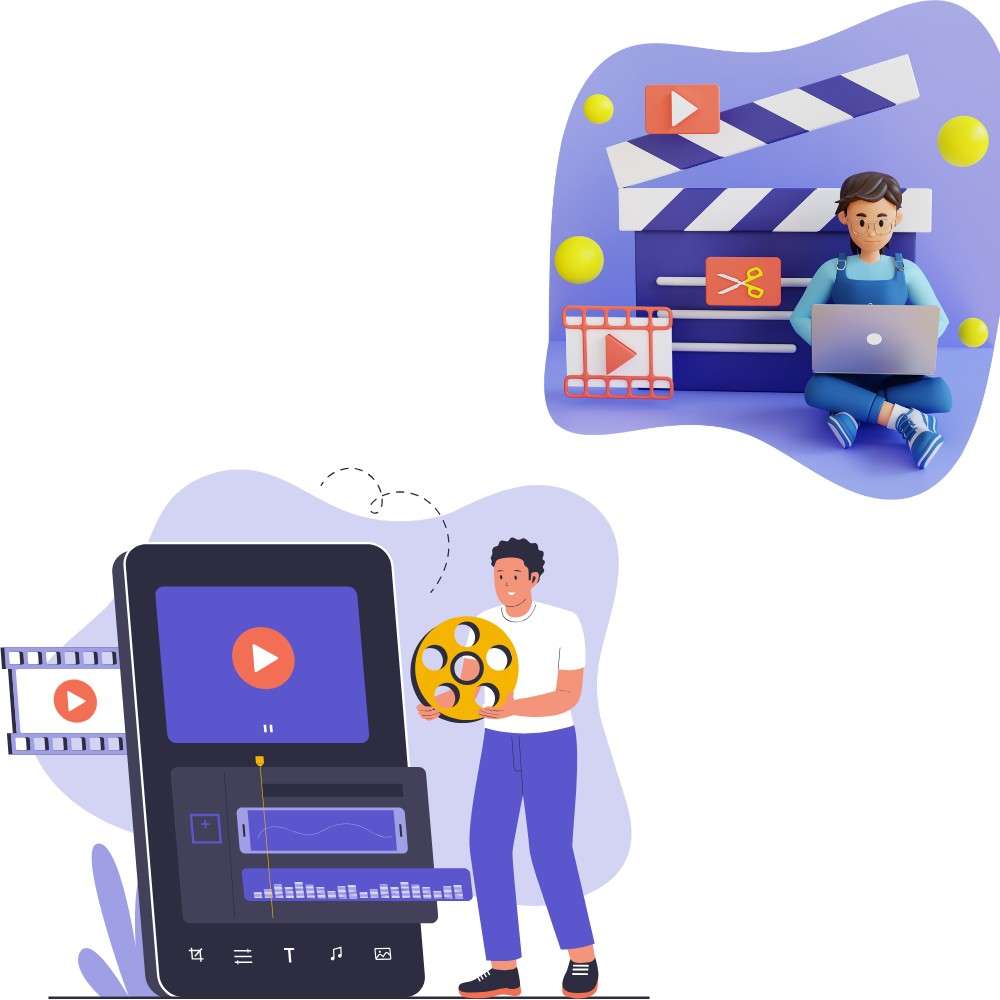
For sites like YouTube Shorts, Instagram Reels and TikTok, some creators require specialised templates more sophisticated editing features, or adjustable price structures. Competitors then use their special advantages to fill that gap.
1. InVideo
One of Pictory.ai’s most formidable rivals is InVideo. It is known for its vast media library, editable templates and ease of use. Even without any prior editing knowledge InVideo enables you to produce high-quality videos in a matter of minutes.For influencers marketers and entrepreneurs looking to produce brand-focused content fast this platform is perfect.
Key Features:
- 5,000+ pre-made templates
- Text-to-video conversion
- Voiceover support and stock footage integration
- Collaboration tools for teams
2. Lumen5

Another well liked AI-powered video platform for corporations looking to repurpose material is Lumen5.It enables users to turn articles and blog posts into captivating films much to Pictory.ai. Lumen5 is particularly useful for companies who prioritize content marketing and wish to enter the video market without having to start from scratch.
Key Features:
- Automatic text-to-video creation
- Drag and drop editor
- Brand customization (logos, fontscolors)
- Ideal for LinkedIn, YouTube and Facebook content
3. Synthesia
Synthesia is a solid substitute for companies looking to produce polished corporate movies. Synthesia specializes in AI-generated presenters and avatars in contrast to Pictory.ai which primarily focuses on text-to-video transformation. Because it doesn’t require real actors or studio setups it is ideal for explainer videos, training videos and product demos.
Key Features:
- 150+ AI avatars
- 120+ languages supported
- Screen recording and tutorial integration
- Custom avatar creation
4. Descript
Descript is a whole array of tools for creating content, not simply a video editor. While Descript offers extensive editing tools Pictory.ai streamlines the process of creating brief videos from text. Podcasters, YouTubers and educators that desire sophisticated editing tools and AI efficiency utilize it extensively.
Why LinkedIn Content Matters for Social Media Managers
Key Features:
- Overdub AI voice cloning
- Screen recording and transcription
- Multitrack audio and video editing
- Team collaboration
5. Veed.io

Another cloud-based option that makes video editing easy for both novices and experts is Veed.io. While Veed.io excels at producing social media-ready material with templates, effects, and subtitles Pictory.ai is excellent at repurposing content.It is especially well liked by freelancers and social media managers.
Key Features:
- Auto subtitles and translations
- Easy trimming and cutting
- Filters, effects, and templates for quick edits
- Supports all major video platforms
Conclusions
Though alternatives like InVideo, Lumen5, Synthesia, Descript and Veed.io provide distinctive capabilities that might better suit your company objectives, AI video editing solutions like Pictory.ai speed up and improve the intelligence of content creation. Choosing the appropriate technology is just the first step utilizing it as part of a clever marketing plan is where the true impact is found.
At Digihertz, we assist companies in transforming AI-driven video tools into effective digital marketing resources. From producing captivating videos to developing entire campaigns our staff makes sure your brand is visible and expands on the internet.
To advance your content strategy collaborate with Digihertz.
How Social Media Speech Can Boost Brand Awareness in 2025
Introduction
Since more than 5 billion people use social media every day by 2025 these platforms are ideal for brands looking to gain visibility.Social media speech is the creation of voice-based content, such as voiceovers, spoken narratives, or short audio snippets, for websites like Threads, Instagram, TikTok, and Video Reels.
Traditional text posts no longer successfully draw readers in.Audio content engages users more deeply, especially given the popularity of podcasts and voice searches.People are more likely to remember your brand if they listen to it while taking a stroll, commuting, or doing housework. Voice content breaks through the never-ending view of visual posts by feeling genuine and personal. By employing this strategy, brands strengthen their relationships with their target market.
Understanding social media
Using voice to naturally engage users is the goal of social media speech. It consists of voice posts, brief talks, or short audio clips intended for social media platforms. Typically lasting 15 to 60 seconds, clips use straightforward language and tones appropriate for your intended audience. Because it boosts time spent on apps, platforms give priority to this content, which helps social media speech brands become more visible.

A warm, friendly voice, for instance, attracts more attention than plain text when delivering a brand tip. It fosters sharing and increases trust. The social network TikTok thrives on sound trends, Instagram now offers audio stickers, and X (formerly Twitter) offers live voice chats—all of which indicate the developing significance of voice-driven content
Why Social media boost our brand awareness ?
Social media speech is the use of voice to organically interact with users.It consists of quick voice posts, audio snippets, or speeches intended for social media.With straightforward language and tones appropriate for your target audience, clips usually run between 15 and 60 seconds. Platforms give priority to this content because it makes users spend more time on apps, which helps brands become more visible.
For instance, a warm, personable voice is a more effective way to draw attention to a brand tip than simply using text.It promotes openness and fosters trust. The increasing significance of voice-driven content is demonstrated by apps like Instagram, which now provides audio stickers; TikTok, which thrives on sound trends; and X, which was formerly Twitter, which offers live voice chats.
Key Benefits for Brand
- Increasing User Involvement: Spoken posts encourage comments, shares, and virality by making users feel involved.
- Intelligent Brand Persona: Audio helps your brand appear to life and builds loyalty and trust.
- Brand awareness is raised and new markets are opened by collaborating with creators or influencers.
- Adaptation to Platforms TikTok duets, Instagram audio stickers, and X voice spaces are some of the new ways that social media speech businesses can interact with their customers.
Implementation tips
- For monitoring performance, use engagement metrics like clicks, shares, and listens.
- Add captions for simplicity and a wider audience
- Audio clips should have a clear hook and call-to-action and be between 15 and 60 seconds long.
- Twenty percent of the current content is converted into voice versions for test posts.
- To track performance, use engagement metrics like clicks, shares, and listens.
Conclusion
Social media speech is still a potent tool for raising brand awareness in 2025 because it allows companies to engage with consumers in real time personalise their voices and start deep dialogues. Businesses can go beyond traditional advertising to increase exposure, devotion, and trust by using AI-driven targeting, interactive media, and specific to each platform storytelling. In the digital agebrands may stand out from others and make lasting memories by employing genuine, captivating, and value-driven communication. As a result social media speech is no longer just an instrument but a requirement for the growth of a company.
Pixello Tips for Viral Content in Minutes
Introduction
Go on, pixello is that let’s be honest: in this rapidly evolving digital age, gaining attention online may prove tough. “How can I create content that people will find interesting and want to share?” is always the most essential question, irrespective of whether you are a brand, startup, or content creator. Standard design is time-consuming.
Traditional design takes a lot of time. It costs a lot of money and effort, and let’s face it, it may reduce the effectiveness of your marketing. Pixello then violates the regulations.
Consider the concept of Pixello as intelligence combined with pixels. Each and every design element is changed to create something that is not only visually appealing but also intelligent, data-driven, and user-engaging. With just a few tips, you can produce viral content in minutes that will instantly reach your audience, boost your brand’s growth, and improve your Google ranking.
What is a pixello?
In simple terms Pixello is AI-driven design, a faster and more advanced method of creating designs. It combines the accuracy of pixels with the strength of artificial intelligence to produce designs that are both visually appealing and functional.
Whereas other design tools only concentrate on visuals, Pixello optimizes each piece of content for the following reasons:
- Attractiveness—to stand out in noisy feeds
- Search engine performance—to improve ranks
- Engagement triggers: to promote clicks, shares, and conversations
To put it simply, Pixello is a company of intelligent pixels that creates innovative layouts for effective digital advertising.
Viral Content's significance for SEO
- More shares results in more backlinks.
- Backlinks improve the authority of your website and are produced when people share your content.
- Excellent images draw search engines’ attention to the importance of your content and prolong users’ stay on your website.
- Going viral, then, has nothing to do with popularity and is all about building long-term SEO equity.
.

5 Pixello Tricks to Make Content Go Viral in Minutes
1.Use AI-Generated Templates
Why start from the beginning? Pixello’s pre-made templates allow you produce attractive, high-quality content in just a few minutes. After you’ve made the required adjustments to align with your brand, just publish.A decreased bounce rate is a direct result of better photos.Excellent images draw search engines’ attention to the importance of your content and prolong users’ stay on your website.
2.Make Every Picture SEO-Friendly
Each image has the potential to improve your brand. utilize keywords, alt-text, and metadata to ensure sure your designs show up in Google Images and search resultsforms
3.Make Use of Color Psychology Intelligence
Feelings affect shares, and colors affect emotions. Color schemes that have been demonstrated to immediately increase interaction are recommended by Pixello.
4.Create Designs That Are Platform-Specific
A design that looks great on Instagram could not appear as good on LinkedIn. Pixello can saves you time and expands your reach by automatically enhancing your graphics for various platforms
5. Implement Memes, Trends, and Quotes as Viral Triggers
Profit from the trend of virality?Pixello’s AI can pull in current trending topics, such as quotes, memes, and hashtags, to make your content seem relevant and up to date.
Quick Recap
Pixello is more than just a design trick; it’s a growth tool. With it, you can Flip content that might become viral in just a couple of seconds.You will rank morehighly in search results if your images are optimized.
Boost visibility for the company socialmedia Increase organic traffic without being over limits on ads. Faster growth, greater engagement, and more smart marketing will all benefit businesses while involving less work.Create Text Further Human
Conclusion
In the past,now pixello getting viral needed both creativity and luck. But thanks to the Pixello hacks, it now all boils into sound strategy and creative design.You can create viral content in a matter of minutes with AI examples, current events, platform-aware layouts, innovative colors, and SEO-friendly images.
Essentially, Pixello is about developing designs that are quicker, more intelligent, and effective so that your digital marketing and SEO efforts can be more successful.


